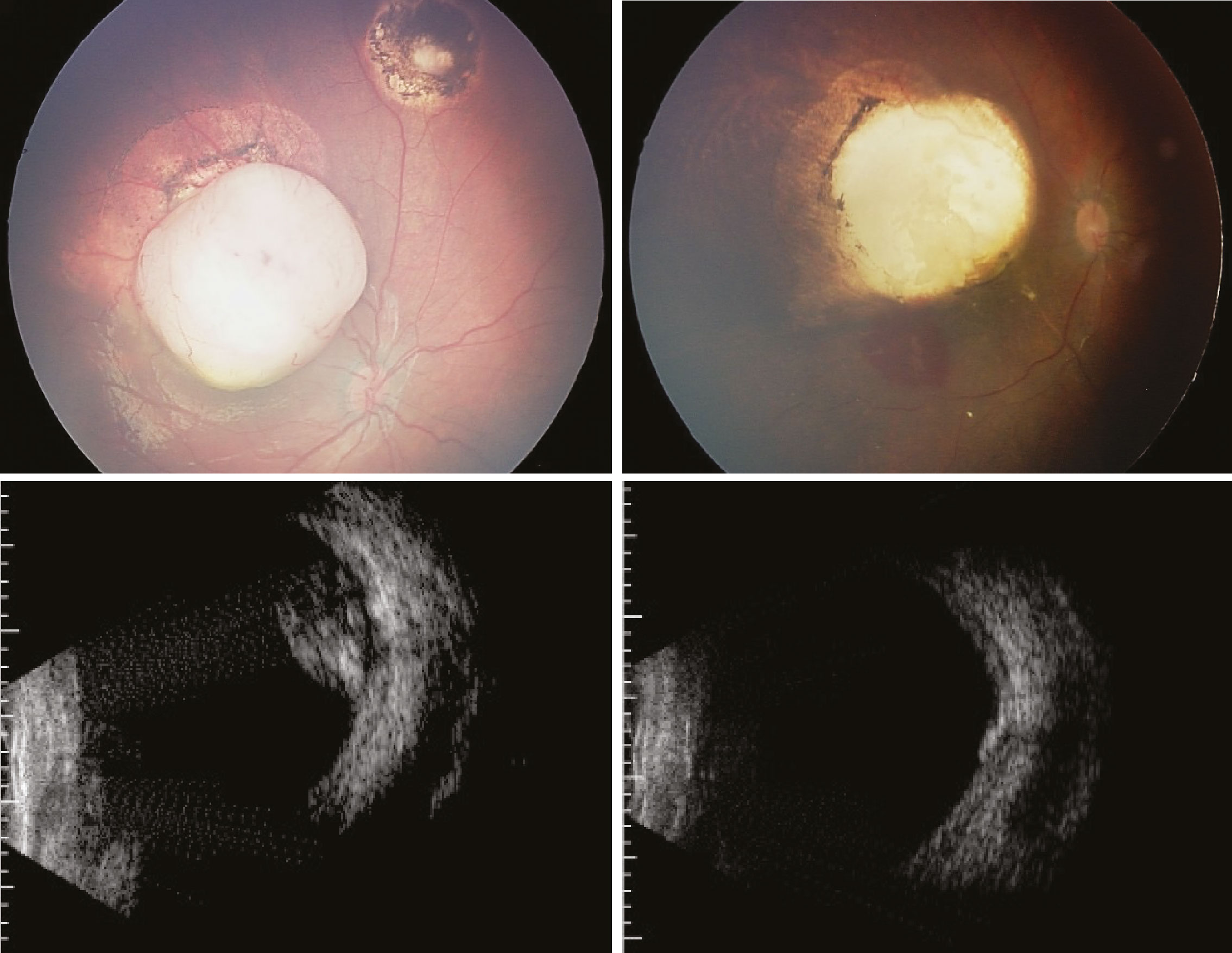
RETINOBLASTOMA
WHAT IS RETINOBLASTOMA?
Retinoblastoma is the most common malignant intraocular tumor in children. Retinoblastoma occurs in about one in 20,000 newborns. It most often occurs between the ages of 1 and 3 and spreads outside the eye if left untreated. Retinoblastoma leads to death, in particular by metastasizing to the brain and bone marrow. Retinoblastoma is the only malignant tumor with the hereditary (genetic) transmission. It can be unilateral (in one eye) or bilateral (in both eyes). In most (two-thirds) cases, it is unilateral. When it is unilateral, there is usually one tumor. When retinoblastoma is bilateral, tumors can be seen in more than one lesion, increasing the risk of developing other tumors in the brain or throughout the body.
SYMPTOMS OF RETINOBLASTOMA
Retinoblastoma initially causes no symptoms. Rarely, the diagnosis can be made with a routine eye examination. In 75% of children under 3 years of age, retinoblastoma is characterized by leukocoria (a white glow in the pupil) and strabismus. If you suspect retinoblastoma, you need to undergo a comprehensive examination. Children should be examined under general anesthesia in order not to miss neoplasms.

RETINOBLASTOMA TREATMENT
Tumors must be properly staged, initial treatment determined, and treatment outcomes realistically assessed.
Chemotherapy is the main treatment for retinoblastoma.
The goal here is to shrink the tumor or tumors (chemo reduction) with chemotherapy and destroy the tumors with local treatments [cryotherapy (freezing the tumor), thermotherapy (laser treatment that destroys the tumor by heating), and a radioactive plaque treatment (local beam radiation)]. In addition to these procedures, external beam radiation therapy, enucleation, and exenteration can be applied. The ideal treatment for retinoblastoma is to rapidly destroy the tumor, protect the eye and vision, be non-life threatening, cause no damage to the eye, and provide an aesthetic appearance to the eye and face.
In line with these ideals, the combined use of chemotherapy and local treatment has come to the fore to avoid enucleation (removal of the eye) and radiation therapy. To this end, in some patients with retinoblastoma, a radioactive plaque can be applied to eyes with recurrent, often single-focal retinoblastoma, despite all types of chemotherapy and topical treatment, to prevent the removal of the eye.
TREATMENT WITH RADIOACTIVE PLAQUES IN RETINOBLASTOMAS
The principles to be followed when inserting and removing radioactive plaques, as well as complications that may occur during treatment, are outlined in the section on uveal melanoma. Unlike uveal melanoma, if the eye is punctured while crossing stitches during surgery, there is a risk of the tumor spreading outside the eye and creating a life-threatening risk, although this is very rare. The radiation dose for retinoblastoma is lower than for uveal melanoma. The goal here is to save the patient's life and eye and to preserve his vision as much as possible. Although the data vary according to the literature, the eye can be saved by destroying the tumor in more than half of the cases. In about half of the cases, the eye may need to be removed despite best efforts.

Prepared by the Dünyagöz Hospital Editorial Board.
*The content of this page is for informational purposes only. See your doctor for diagnosis and treatment.
Last Update Date: 23.06.2023






